Bahá’í Temple, A Non-Denominational Place for Everyone to Pray
At the foothill of the Andean, a shell appears stranded amidst bushes and trees, becoming a landmark in Chile. This white temple by Hariri Pontarini Architects looks majestic, standing on a plateau higher than the urban landscape. This is the Bahá'í Temple, a house of worship known as the Temple of Light.
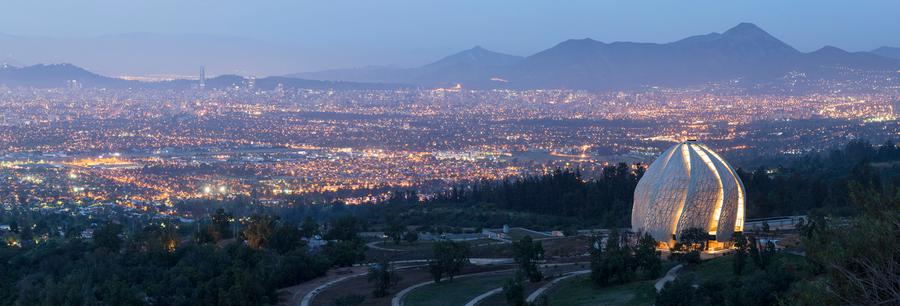 Bahá’í Temple at the foothill of the Andean (cr: doublespace)
Bahá’í Temple at the foothill of the Andean (cr: doublespace)
 The temple of light reflected in the pool next to it (cr: doublespace)
The temple of light reflected in the pool next to it (cr: doublespace)
The temple comprises nine glass curtain frames overlapping each other, united on several sides. All the wings come together at the top of the building, held together by a circular frame that holds a piece of transparent glass. The central oculus seems very monumental from the inside.
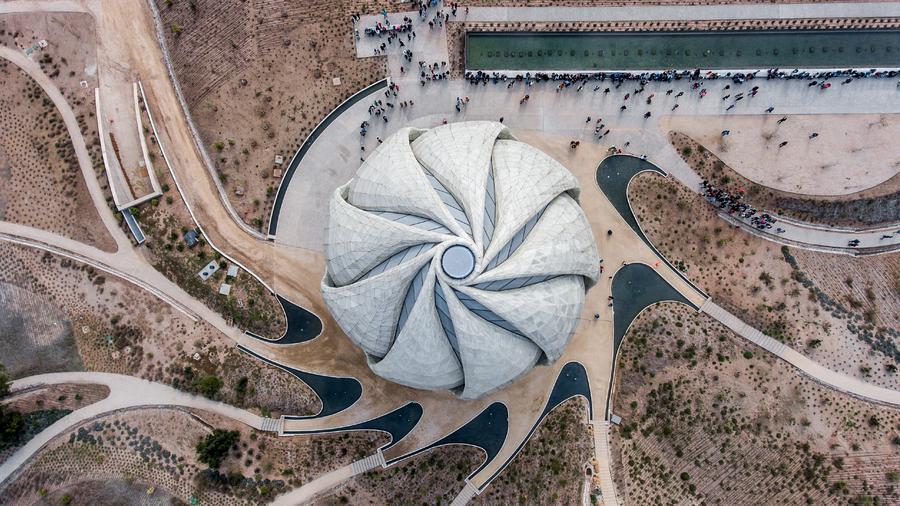 Top view (cr: doublespace)
Top view (cr: doublespace)
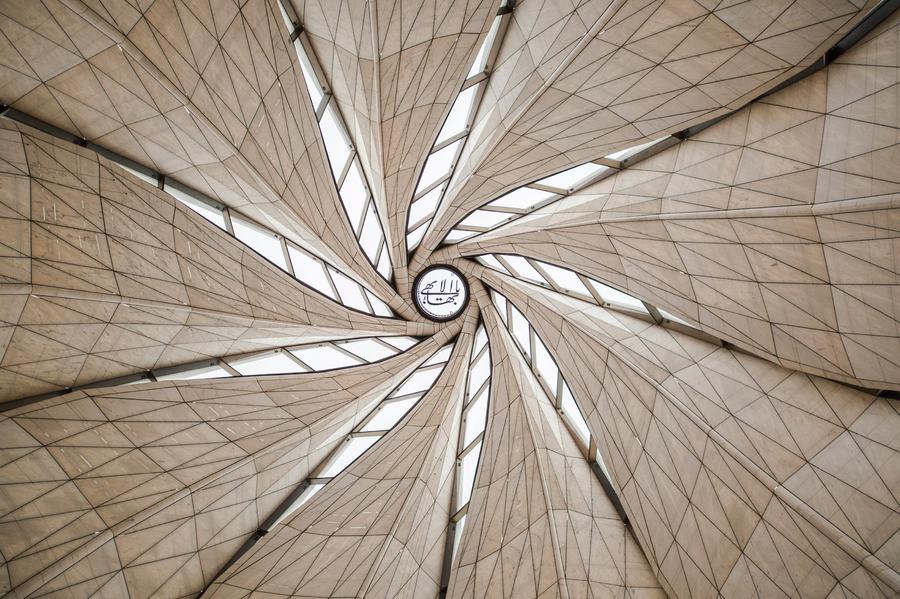 The central oculus seen from the inside (cr: doublespace)
The central oculus seen from the inside (cr: doublespace)
The Bahá'í Temple, open to the public since 2016, is the winner of the 2019 RAIC International Prize, judged to be transformative within its societal context and expressive of the humanistic values of justice, respect, equality, and inclusiveness. The temple indeed deserves it, considering its design truly seeks to embrace everyone. Nine doors spread in a regular pattern on various sides seem to welcome worshipers from anywhere, from any background, religion, or religion. Hariri presented a new typology with a new look that was not adapted from any existing religious forms or symbols. Inside, there is no pulpit. Thus, there is no clergy as well, only walnut benches that can be occupied universally by women, men, and children—everyone equally.
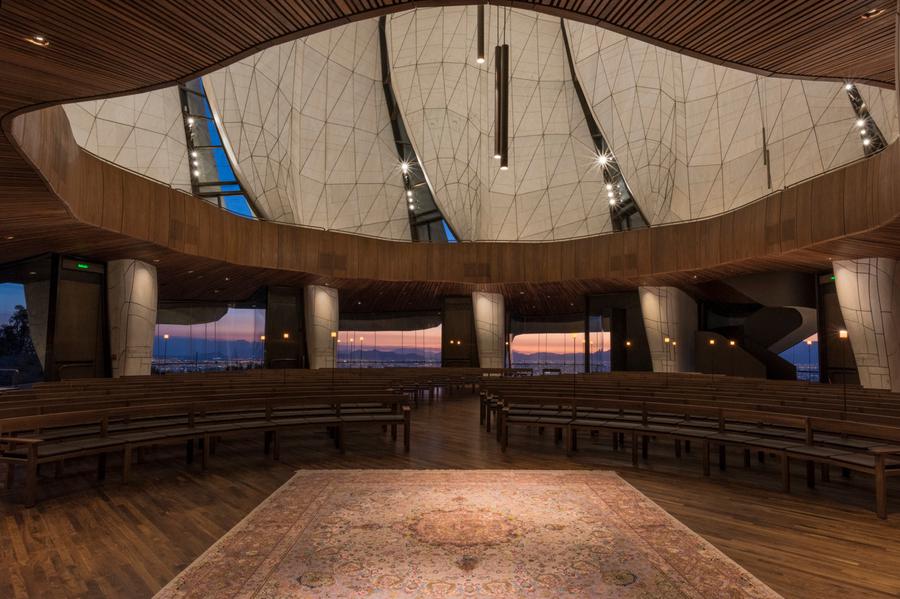 The temple’s interior (cr: doublespace)
The temple’s interior (cr: doublespace)
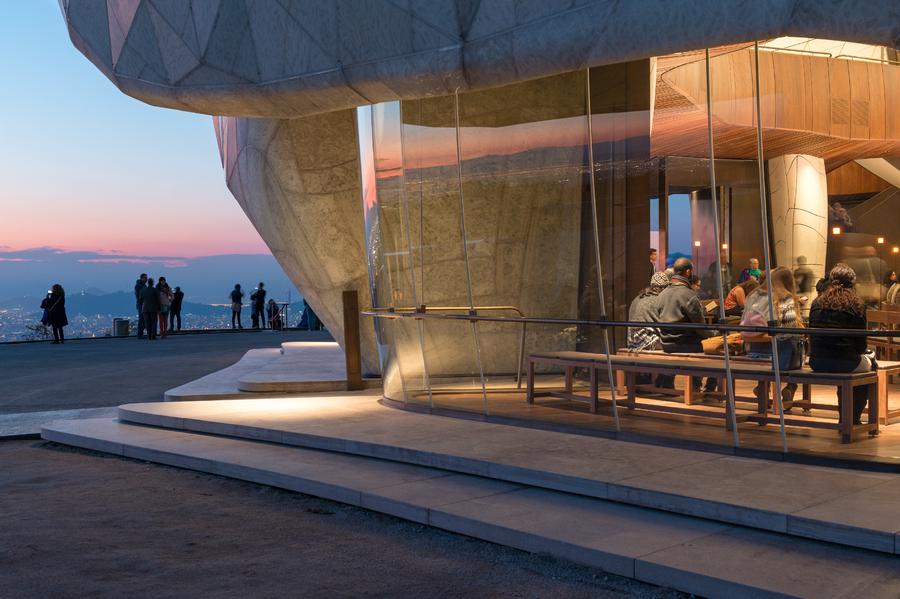 Universal house of worship (cr: doublespace)
Universal house of worship (cr: doublespace)
The construction took up to 14 years, including in-depth research, to find materials that fit the concept of light—as design and spiritual inspiration—while also being resistant to Chile's climatic conditions. The interior was designed with translucent Portuguese marble, while the exterior features cast glass panels. Each wing consists of approximately 870 unique slim profile steel membranes. Creating these highly irregular, organic shapes involved computer technology and machine-to-machine fabrication. The configuration and choice of materials became very important because the temple was built to last—at least—for the next 400 years.
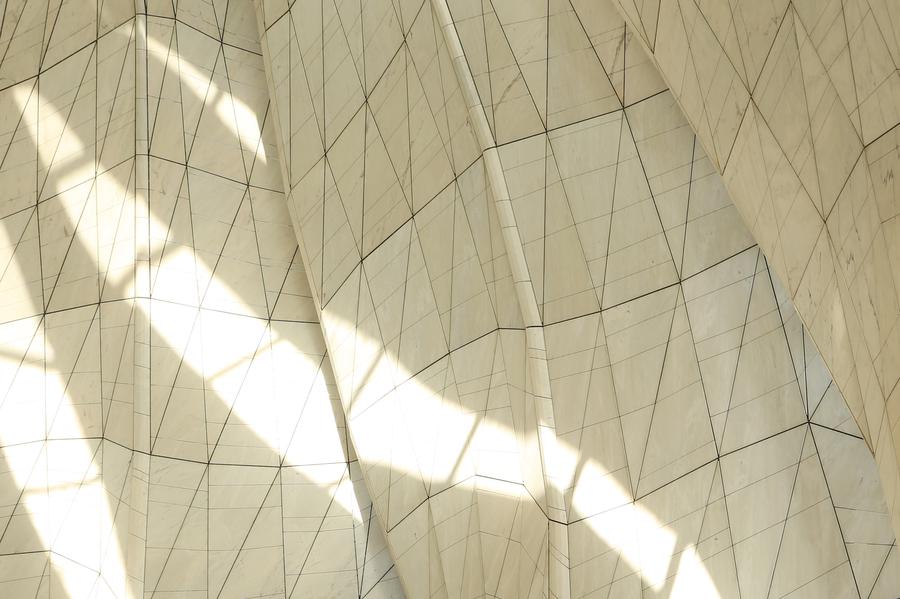 Material’s detail (cr: doublespace)
Material’s detail (cr: doublespace)
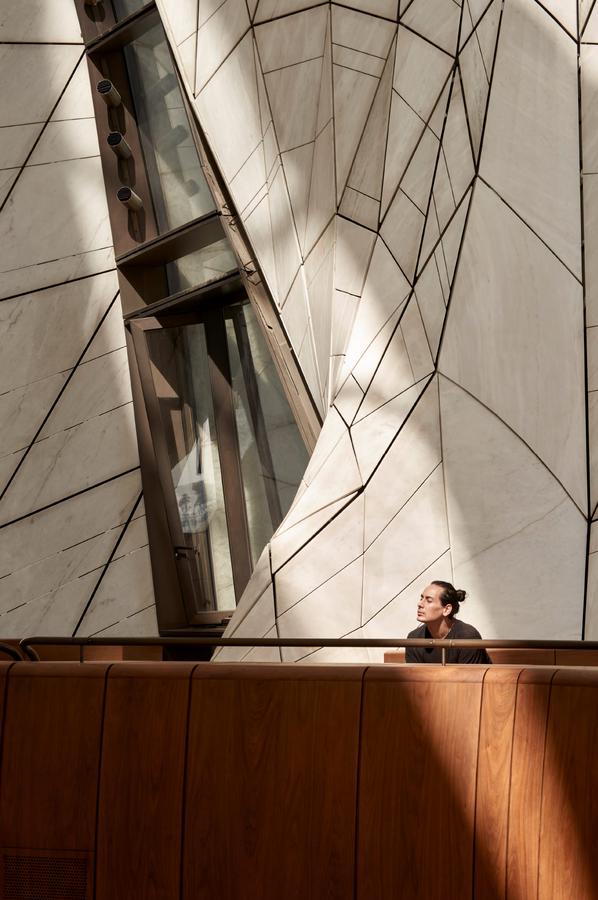 Tranquil atmosphere (cr: doublespace)
Tranquil atmosphere (cr: doublespace)
The Bahá'í Temple is now an inclusive center for worship, meditation, gathering, introspection, or contemplation. Because of its open and accessible nature, the Bahá'í Temple is an option for those who simply want to seek spiritual tranquility without caring about anything, including self-identification into a particular group or belief.




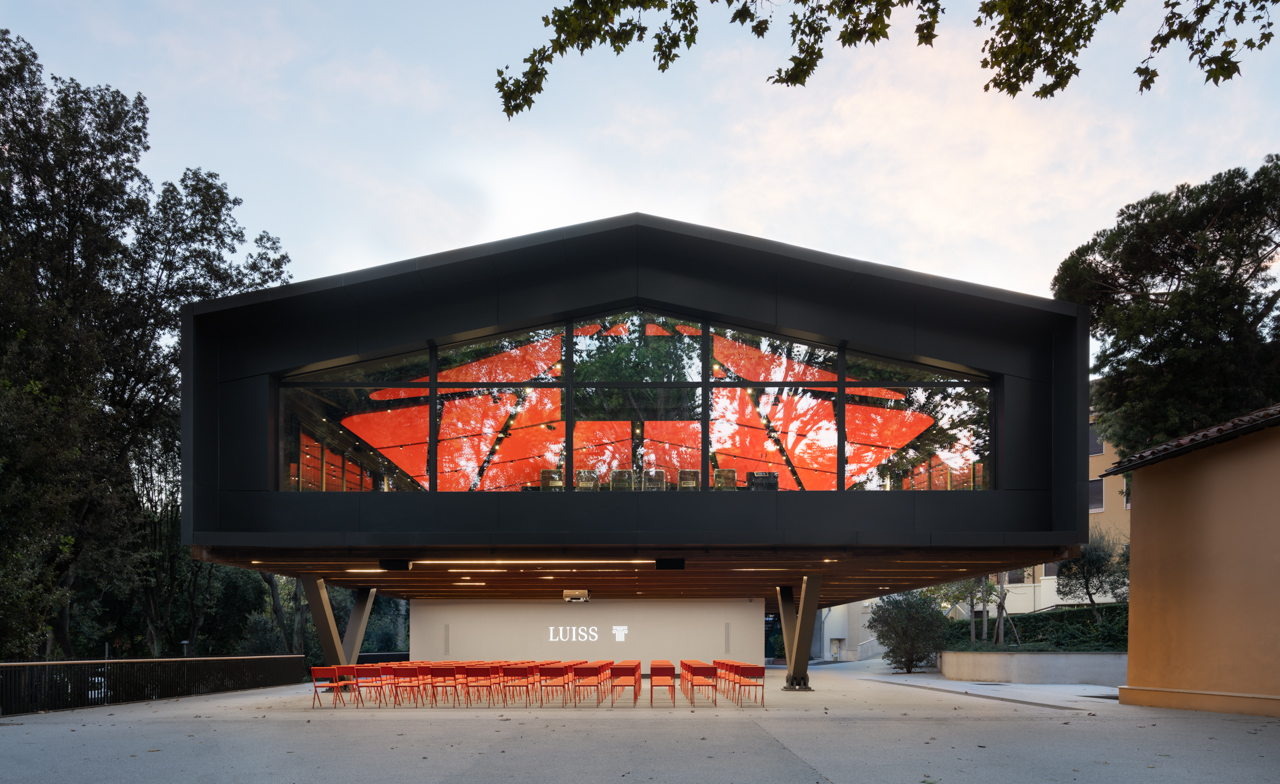
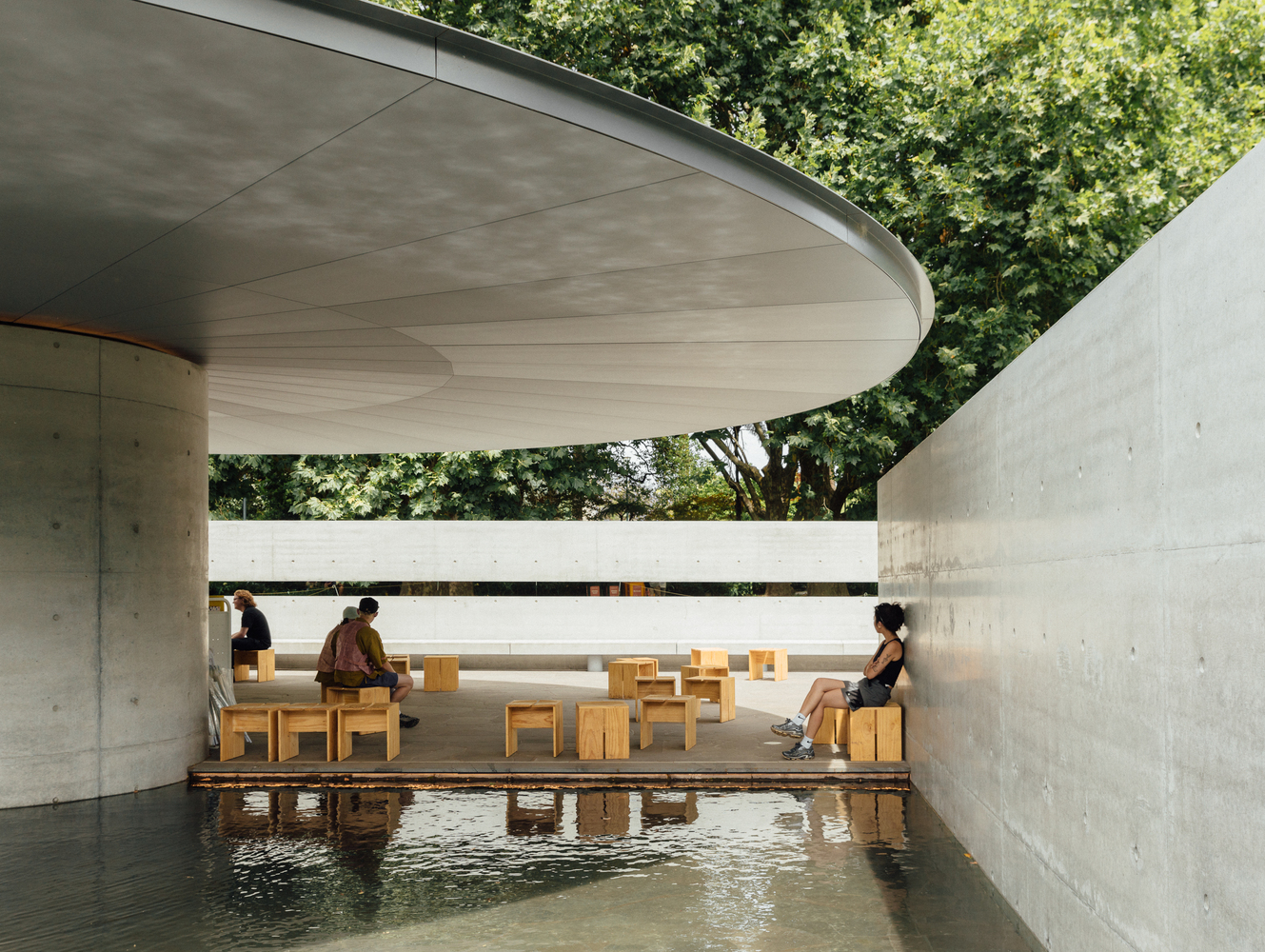
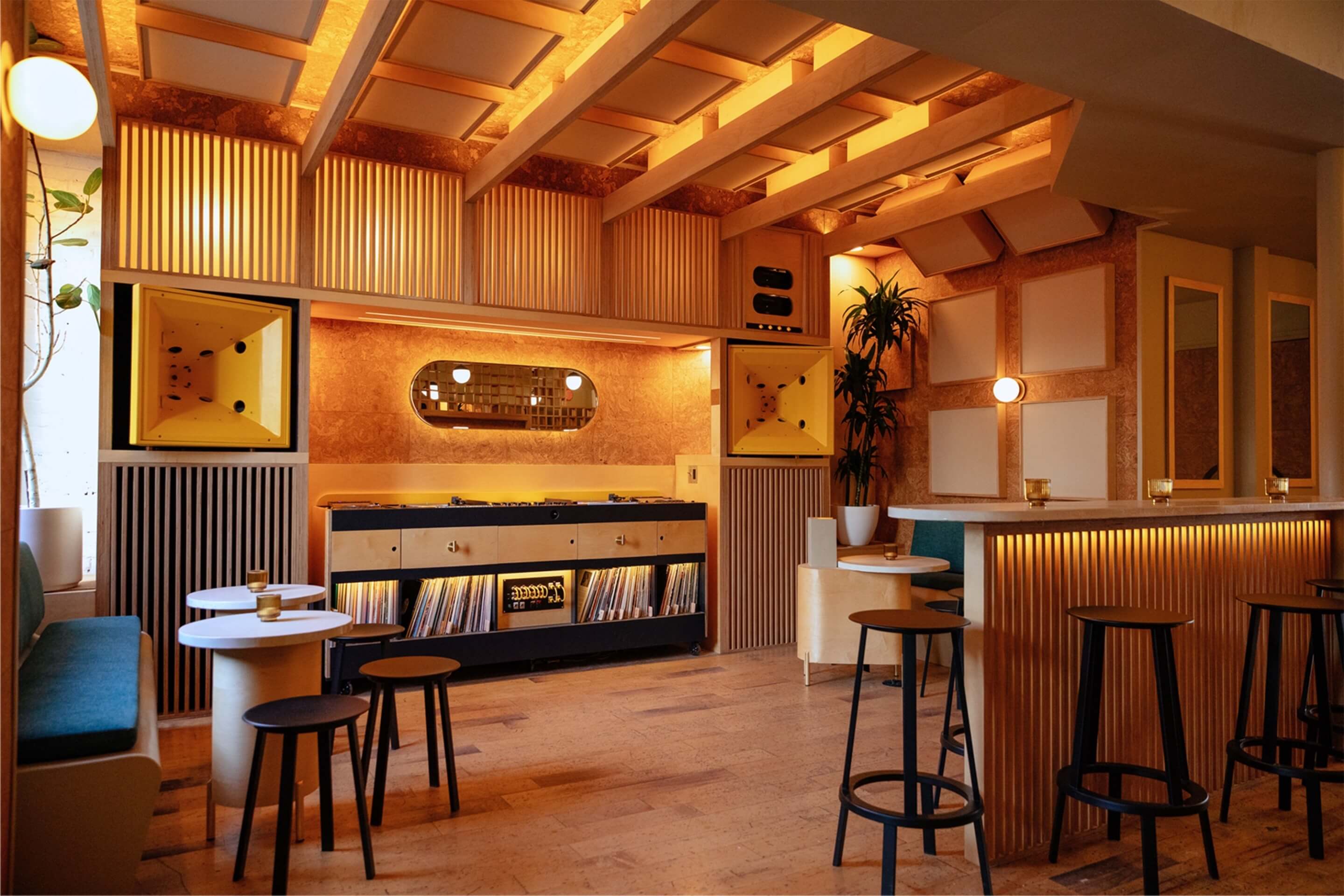
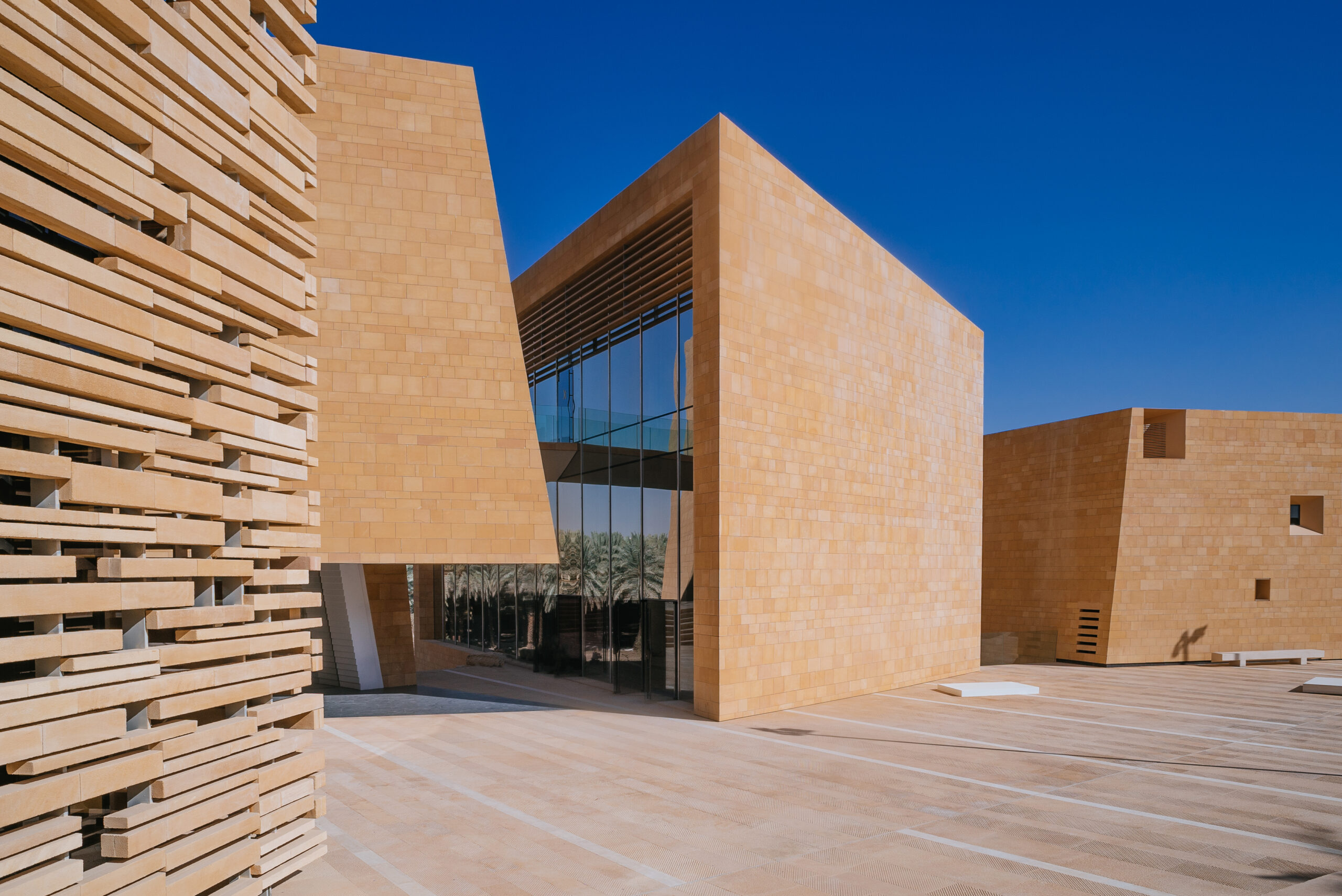
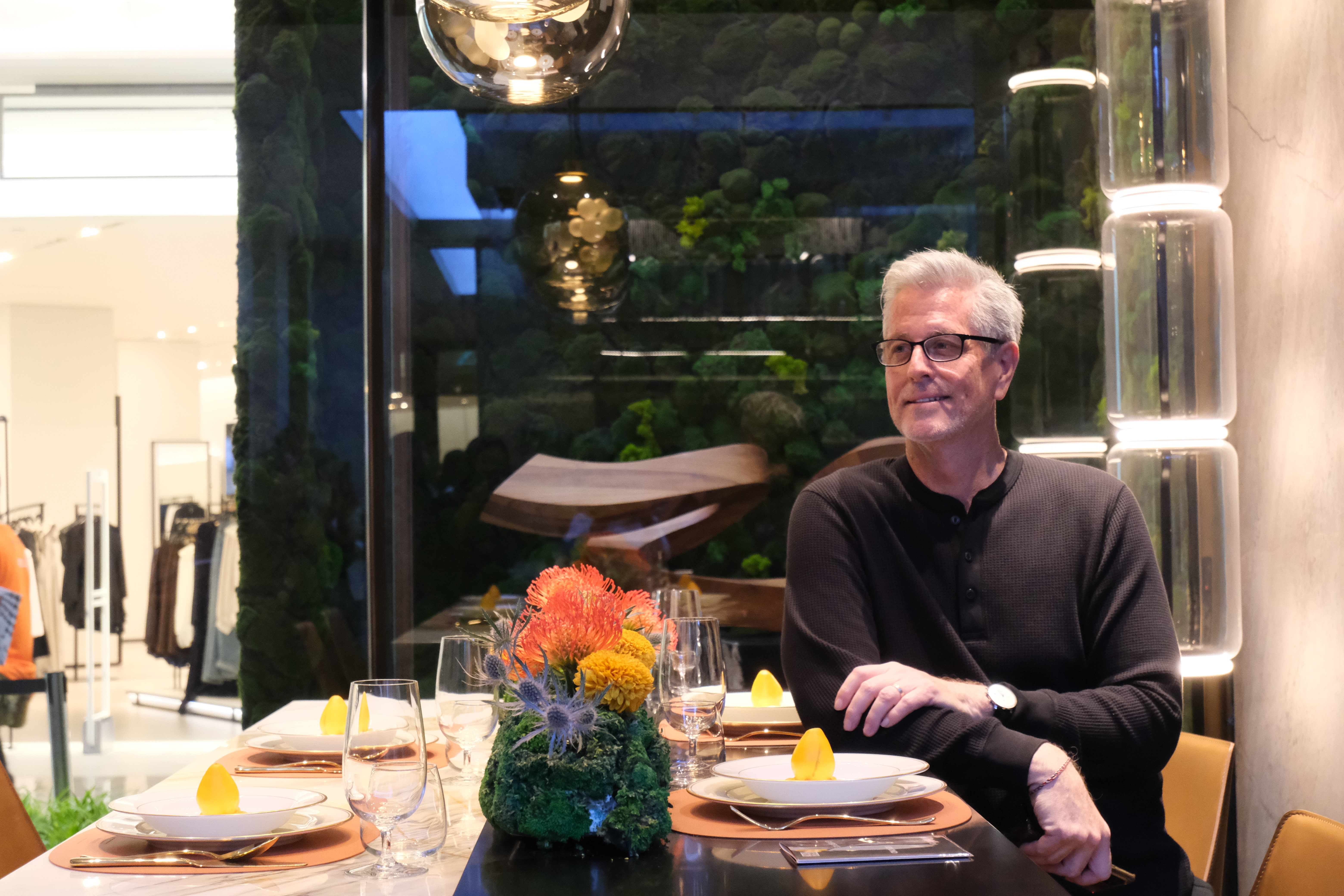
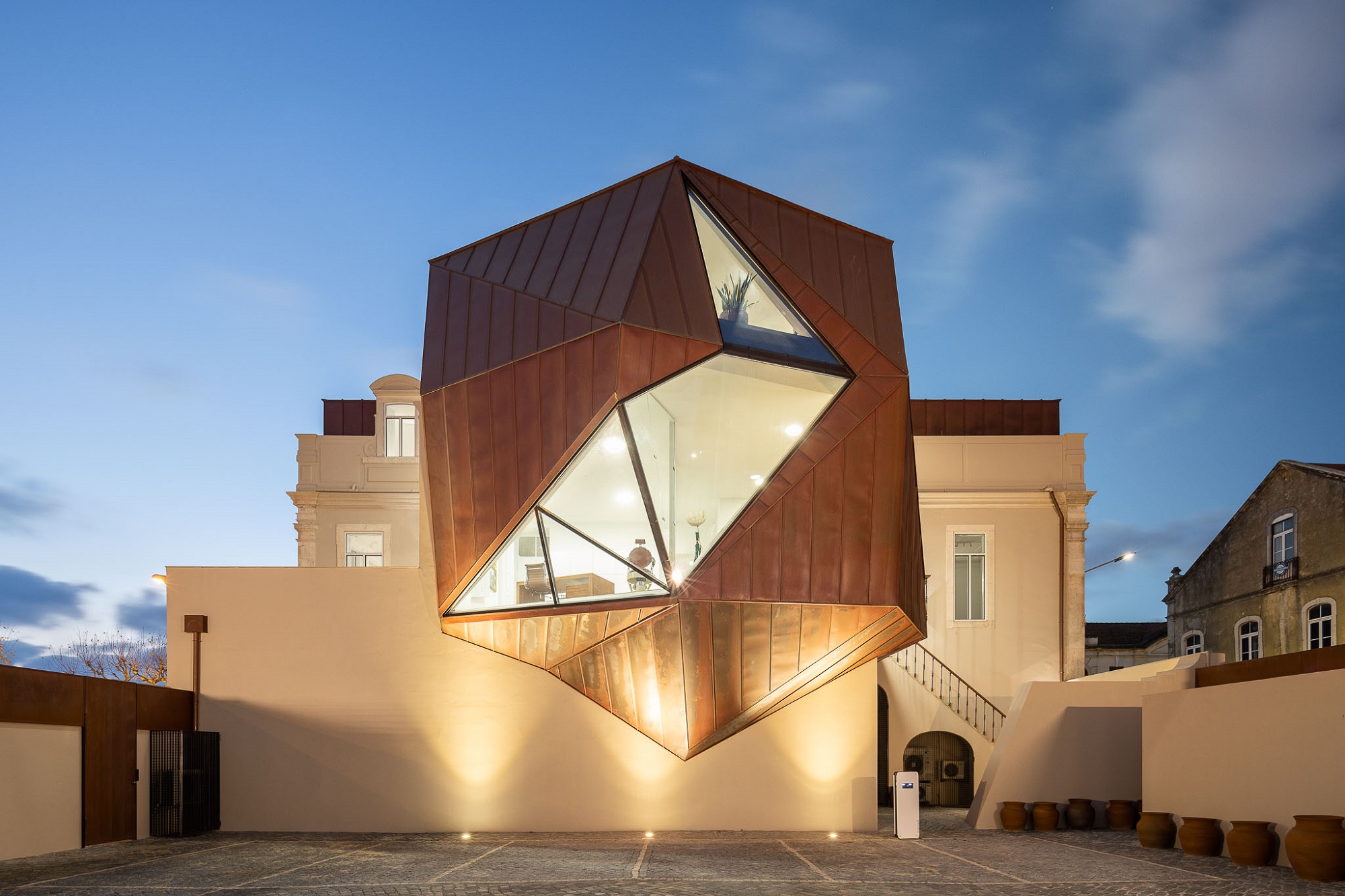
Authentication required
You must log in to post a comment.
Log in